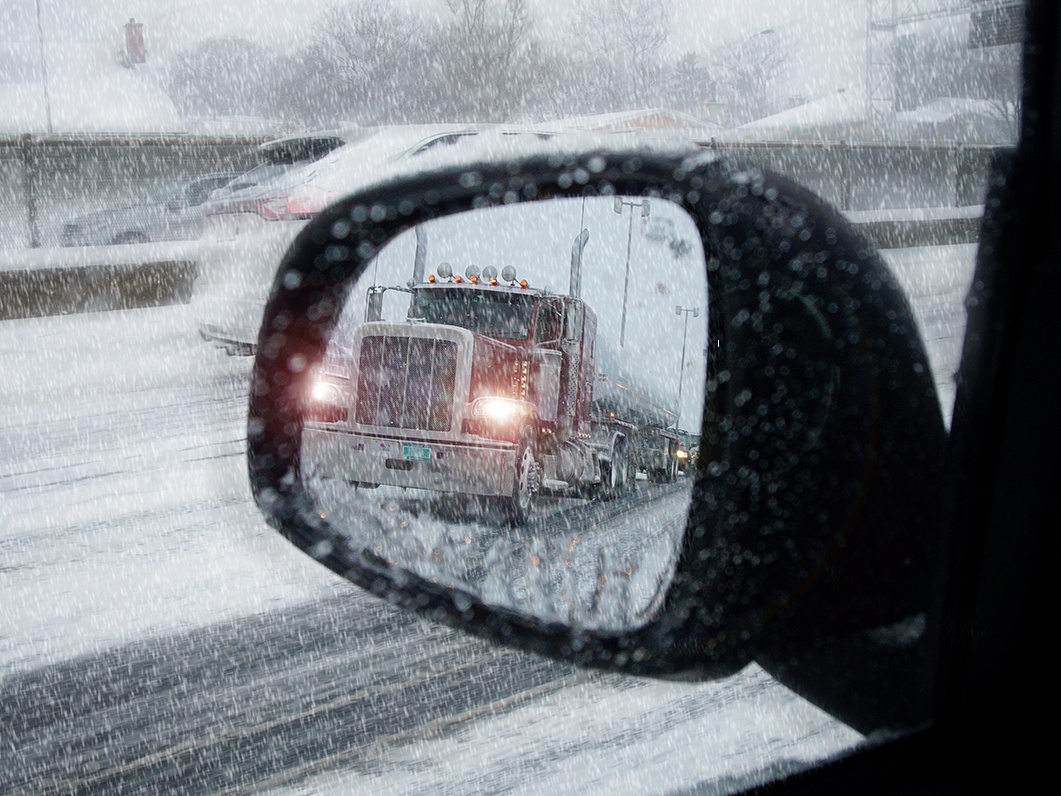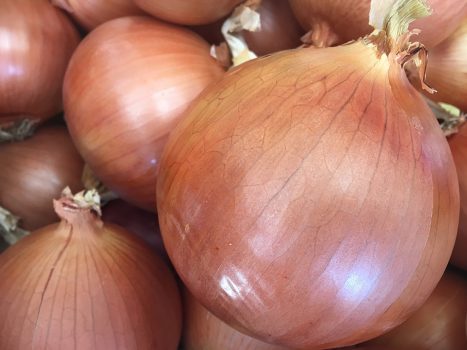By Cain Adams
Trinity Logistics/Longboard Logistics
Meridian, ID
The United States has the perfect storm of freight right now; so do what you can to get those delivered prices up so we can compete with frozen food trucks.
Did you buy that extra freezer before they were no longer available? In many parts of the country, consumers cannot locate a full-size freezer for sale within a 50-mile radius. The back orders are being pushed out to 2021. As homeowners have shifted to working from home, their immediate proximity needs are being reviewed, and products are being purchased to fill those needs.
Overall, online orders are up about 45 percent over last year. This “storing food like a squirrel” economic shift has put a lot of pressure on refrigerated trucking.
So how does a freezer affect an onion?
Those freezers are being placed in homes. Then, the consumer who sees that freezer “has to fill it.” Stores used to be on JIT (Just In Time) inventory, but after the COVID crisis they have changed. Stores are filling up, but they are filling up with frozen not fresh.
If you walk into a store you will see less milk, ice cream, eggs and items which spoil fast. More freezer space is being given to frozen veggies and frozen meals.
Spoil items stayed at JIT, but the rest of the store has changed because buying habits have changed. Frozen is here, and it is here to stay because those freezers will be looked at daily.
Frozen foods are shipping heavy along with canned goods. It’s hard for stores to find and keep up with the canned goods category. The frozen foods are also needing more storage space, so cold storage warehousing is being maxed out, which increases costs to rent the refrigerated buildings.
Stores cannot build cold storages fast enough, so the space is going up in cost. Land pricing is high right now, so it’s costing a lot more to build the new storage locations.
Places like Wal-Mart are using “Flex” to help find them temporary storage just to keep things steady and available. On top of this we have a backlog of appliances and consumer electronics landing in ports. These items are maxing out dry vans and sometimes refrigerated trucks are being substituted.
There was a little relief on spot rates the last two weeks of October. November is a different story. There is no capacity. Literally, none.
Intermodal is being used, but it’s not enough to offset the reefer rates. Flatbeds are being used even when traveling through places like Wyoming, where temps hit the teens at night.
Customers are hurting on the freight side because they cannot get their own customers to come up on pricing. Raising prices to stores needs to happen though. Fresh cannot compete with frozen pricing.
Onions. Stores are thinking of an onion as a spoil product and ordering just what they need. JIT. Furthermore, there is no sign of relief from now until February 2021. This week we shipped 30 loads from Washington, Oregon and Idaho to the East Coast at $8,000 or more per shipment. If a truck had multiple drops, it was a true grind to find a willing truck. Keep your loads one and one as best you can.
We shipped from Wisconsin to the East Coast at $5 a mile or more. Seeing these kinds of rates is keeping trucks on the East Coast doing shorter runs and staying home. The trucks then do not have to come all the way West to get their pockets filled.
This too is putting pressure on capacity in the Northwest.
Colorado was doing a bit better, but it’s still tight to the East Coast for them. Produce brokers are asking us to price multiple pickup spots to the same destination in hopes of finding the lowest delivered price available. We have not seen much of an advantage, though. They are all expensive.
Laredo, TX, Atlanta, Los Angeles and New Jersey saw a huge increase in demand for trucks this week. The ports are pulling trucks to them instead of easing up, which allows trucks to travel into onion country for loads.
We expect this trend to last into 2021. If produce brokers and shippers do not put pressure on the stores to raise delivered pricing, then we expect a lot of struggle to happen this fall. Onions just cannot compete with the frozen sector. Frozen loads will pay more for a truck, leaving onion shippers in the cold. Pun intended.
For us, it’s keeping our relationships intact with owner/operators and asking them when they will be back. There are some days we have to recover loads which put us in the negative, but we are not a broker who hands back loads to our customers. We hold that load and get it on a truck.
We hope shippers and produce brokers do not take any loads back from freight brokers they work with. There must be accountability, and we are seeing more and more customers calling us to work fall outs. It’s bad for business and gives all freight brokers a bad name. By taking back a load, produce brokers and shippers are giving freight brokers a free meal card. Make profit but giving it back when things don’t work out is not the way. No free meals, if you ask us.
Anyways, if you are shipping flats, please watch the weather and add a weather protect stamp to BOLS. Every time a claim happens to a flatbed in cold weather, the industry loses a trucking company. So, everyone, please work together and do the right thing. If you take the risk of shipping it on a flatbed, please take the risk on yourself and don’t put it on the trucker. He is just picking it up, tarping it and rolling. He cannot predict the weather, a road closure or wrecks in bad weather. Do right by others is all.
PS I did not mention Christmas trees because this year they will be competing just as hard as all other loads. Capacity is maxed out and most truckers only go after trees if they are not making good coin on other types of shipments. Look for $10,000 Christmas tree loads. They are sure to make it to that level this year!
Thanks, and Happy Holidays!


